
GreenLearning’s Eco 360 program enables youth across Alberta and Canada to imagine a world without waste by closing the loop of a product’s life cycle and creating a circular economy. Eco 360 is one of GreenLearning’s most popular programs. The lessons and activities are both suitable for junior students (grades 4-8) and senior students in grades (9-12).
Each year they also encourage schools to participate in the …

For over 25 years Dirk and Nanja Struck of The Barrelman Inc have been converting food-grade barrels into high-quality rain barrels designed specifically to handle the fluctuating prairie climate.
The Barrelman Inc. started when Dirk Struck noticed food-grade plastic barrels from his work were going into the landfill after. In the 90s, when Dirk was working in the bakery, it was uncommon and expensive to recycle these …
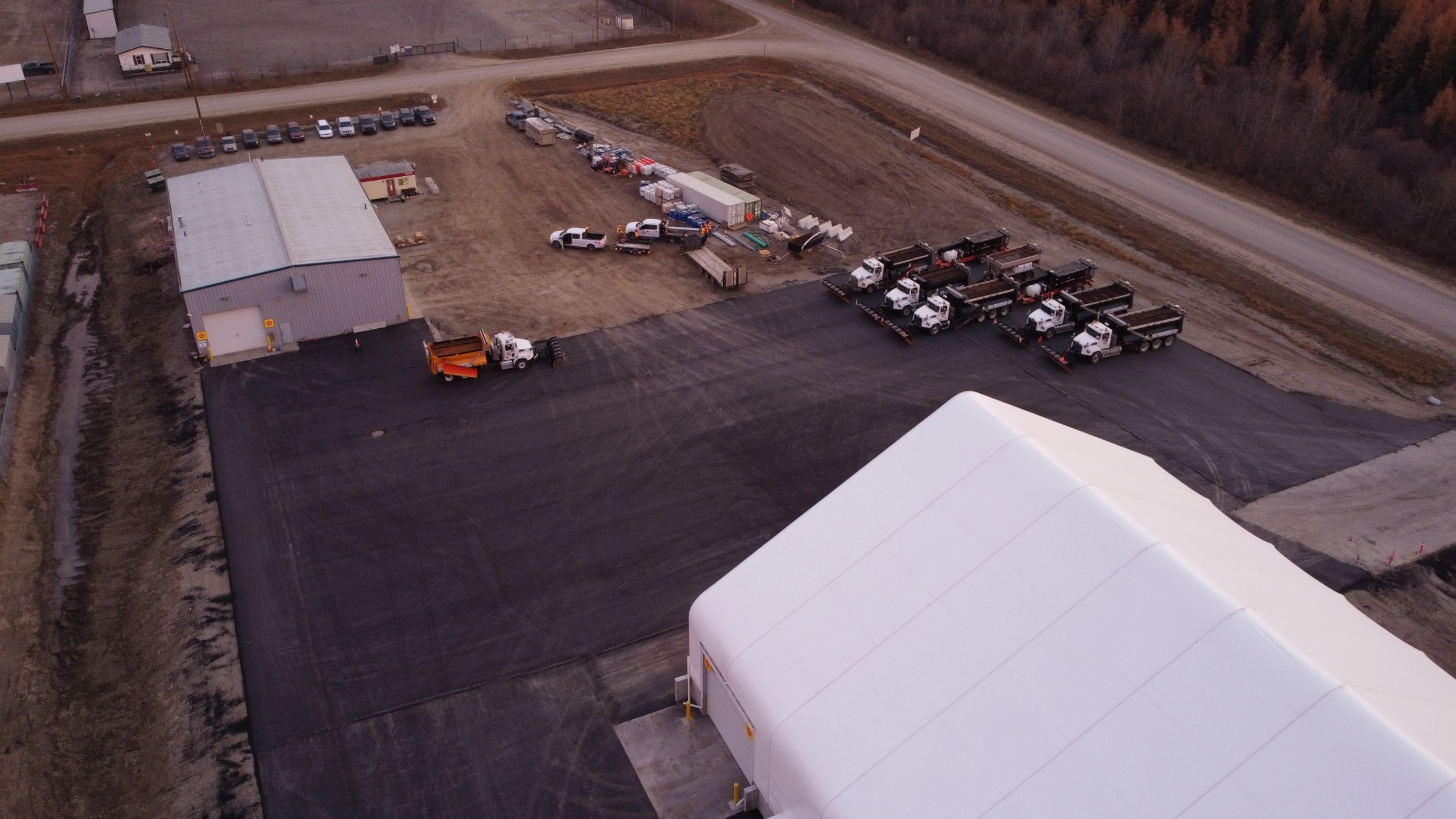
With sustainability as one of their core values, Ledcor is well aware of the associated risks when using salt and sand in their winter operations. That is why their Highway Maintenance team is working hard to reduce salt contamination and prevent the chronic increase of salt concentration, a known risk posed by highway maintenance operations across both Alberta and Canada as a whole.
Highway maintenance yards that …

The City of Calgary’s biosolids demonstration project began in 2013 with a goal to assess the potential to improve Alberta’s arable land base through the beneficial reuse of biosolids recovered from leading-edge wastewater treatment processes. The City’s Wastewater Treatment Operational Performance Team worked closely with project consultant SYLVIS Environmental’s Biosolids Management Team and a private rural landowner to initiate two demonstration projects which involved land application of dewatered biosolids …
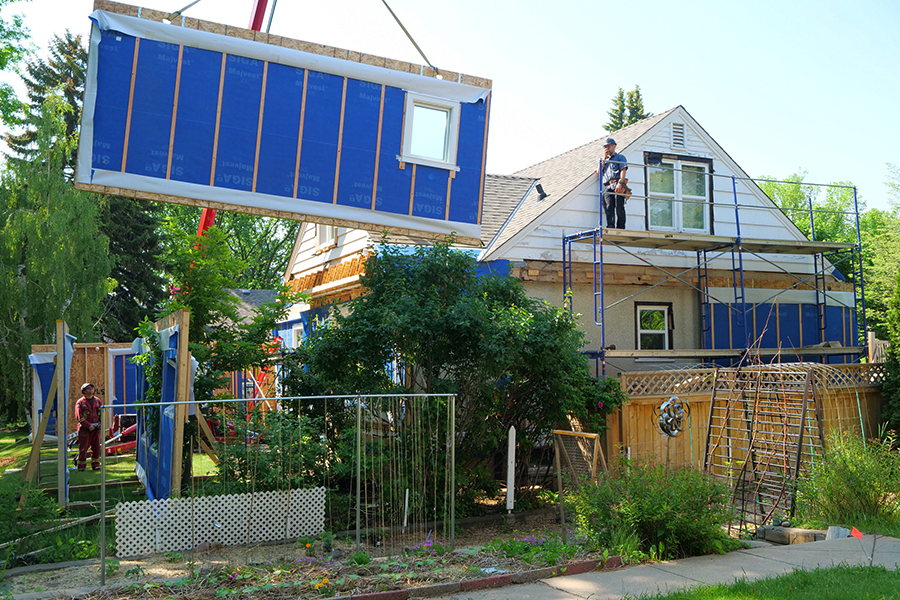
SSRIA is a non-profit association who is taking a collaborative and industry-led approach to accelerate the adoption of innovative solutions that reduce carbon in the built environment. They are actioning their mission through demonstration projects, business growth services, and sharing the latest expertise in innovative low carbon building technologies, products, and practices. To date SSRIA has supported 20 residential and commercial infrastructure projects that demonstrate low carbon design techniques, …

Brazeau County Council actively seeks innovative ways of treating wastewater in an environmentally friendly process. The goal of the Solar Aquatic Systems (SAS) Wastewater Treatment project was to treat wastewater to a high quality while keeping the facility footprint small and using green technology. The facility is 2000 square feet and is designed to treat 88m3 of raw wastewater per day. This uses the principles of agricultural practices to …
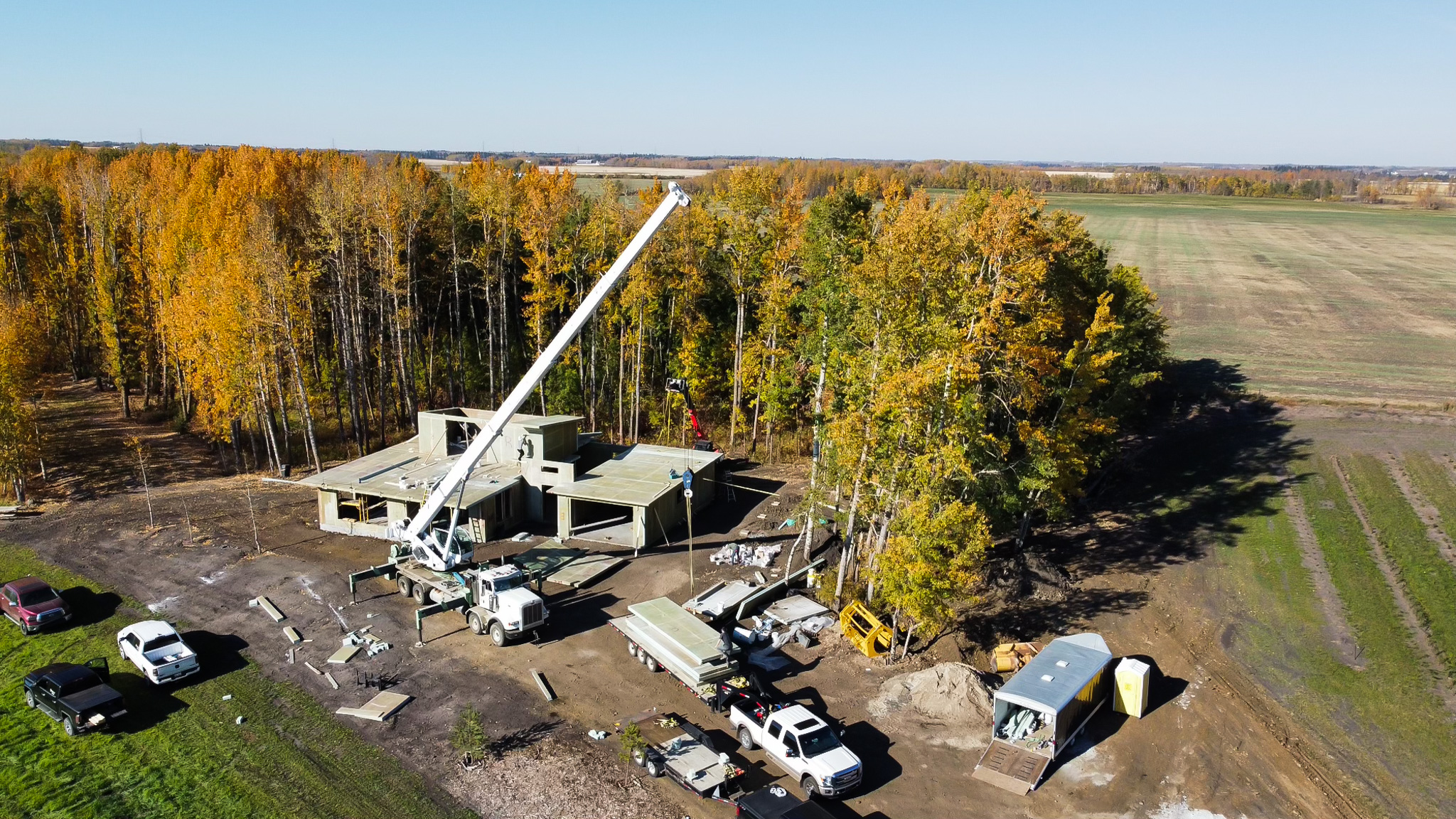
Ecoplast manufactures building materials made from 100% recycled plastic bottles and uses the product to design and build high-performance dwellings. This revolutionary green building technology provides a sustainable solution that enables circular economics in the highly wasteful construction industry.
Depending on its size, one Ecoplast dwelling upcycles between 600,000 and 2 million plastic bottles and can be assembled in as little as three days on-site. Overall, Ecoplast …
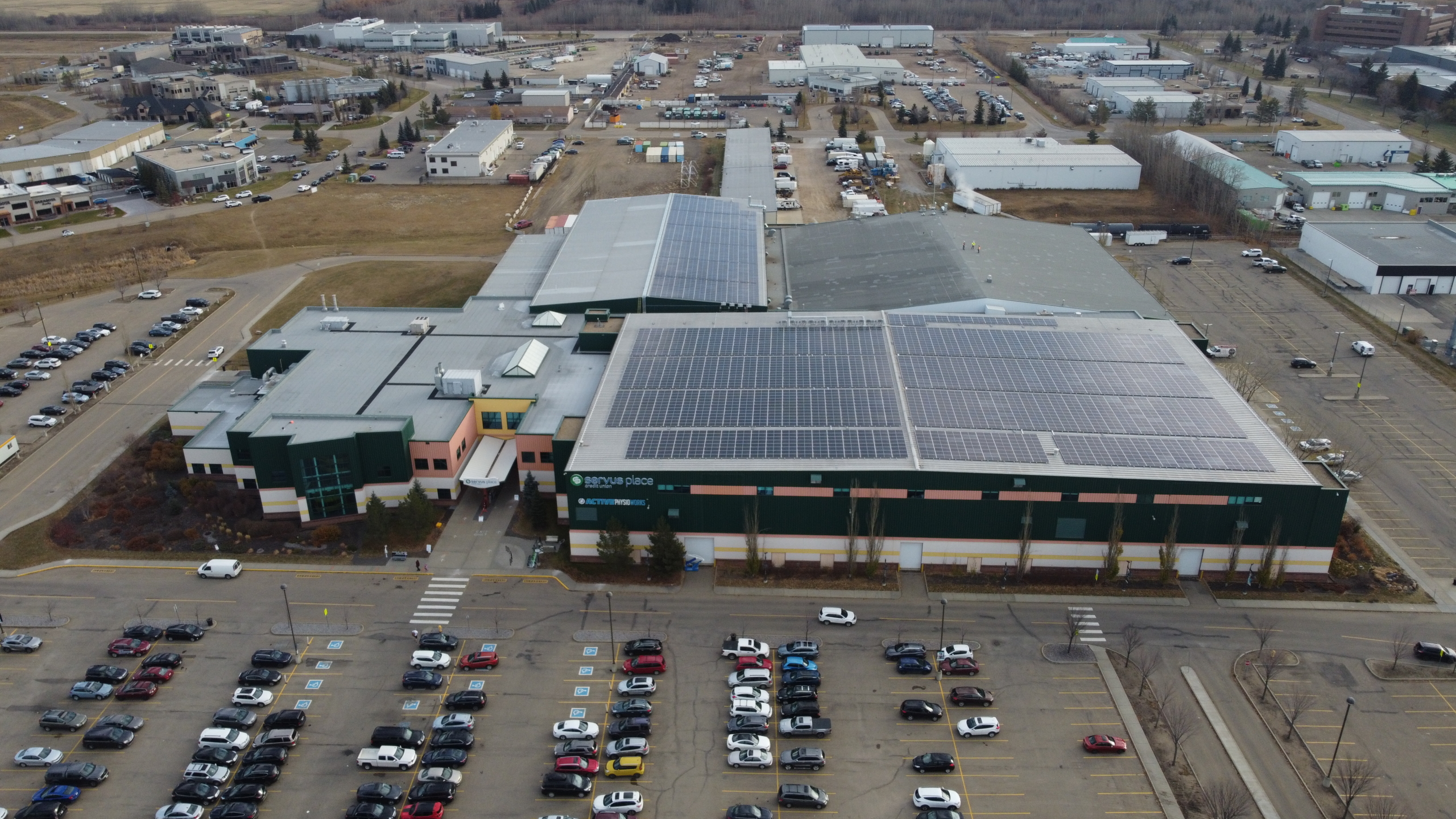
The City of St. Albert has been committed to reducing the community’s carbon footprint, becoming more resilient to the effects of climate change, and becoming a more sustainable city. The City of St. Albert has been accomplishing this in the following ways:
The Clean Energy Improvement Program has committed $5,017,400 in funding for residents to more easily fund energy efficiency retrofits and sustainable energy installations for their homes. …
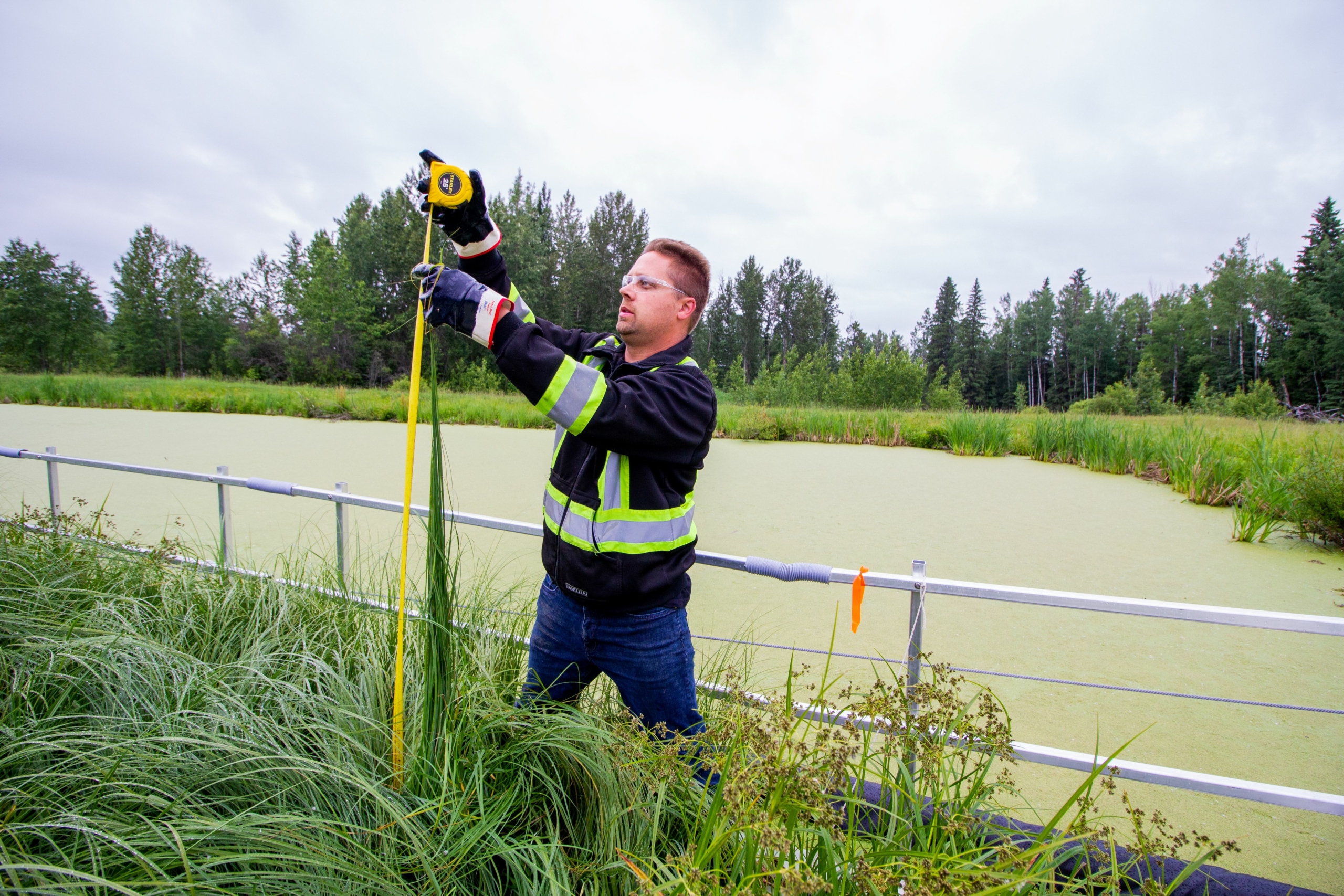
The Constructed Floating Wetlands (CFW) system uses natural wetland plants and oxygen provided by a solar powered aeration system to treat domestic wastewater. As the treated wastewater is inevitably discharged into the nearby creak, this system substantially improves the wastewater quality which proceeds to make the receiving stream safer for use by humans as well as animals. The Solar System attached to this lagoon provides power to the aeration …
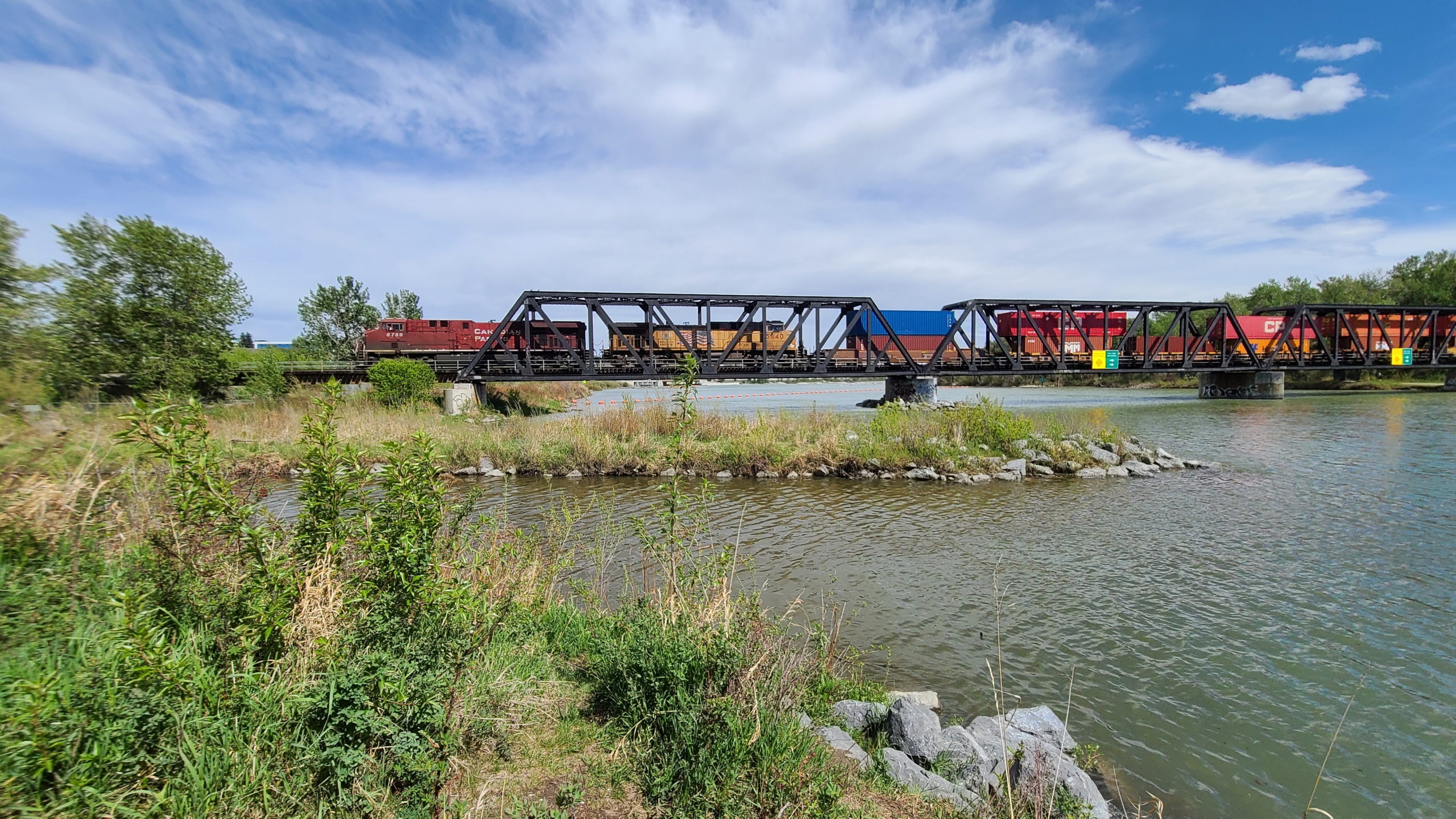
The Nose Creek Watershed Partnership (NWCP) was formed in 1998 to protect riparian areas and manage streamflows in the Nose Creek watershed to mitigate the impacts of flood and drought and improve water quality for water users and aquatic life.
The NCWP has positively impacted the environment and continues to build resiliency through watershed-scale collaboration, planning, policy and action. The NCWP increased understanding of streamflow, instream flow …









